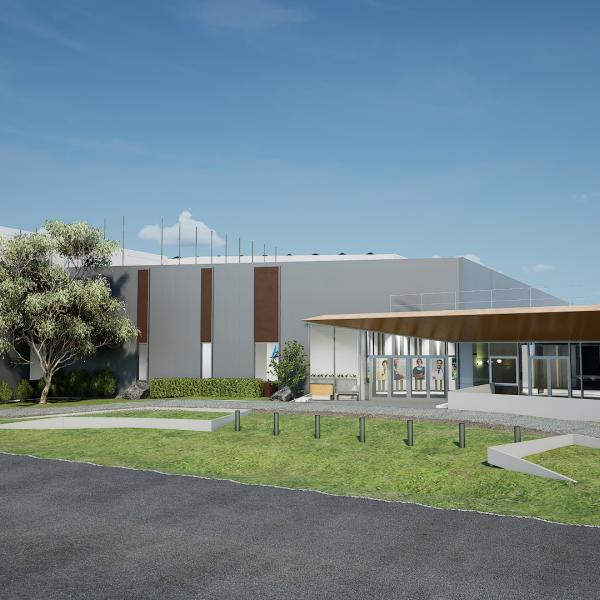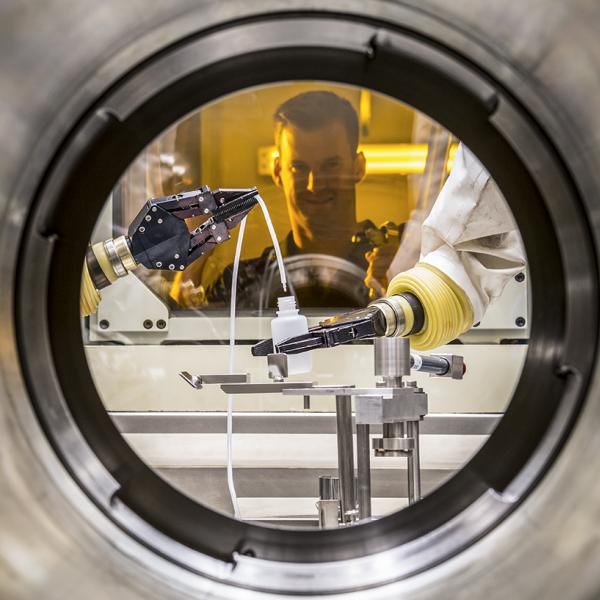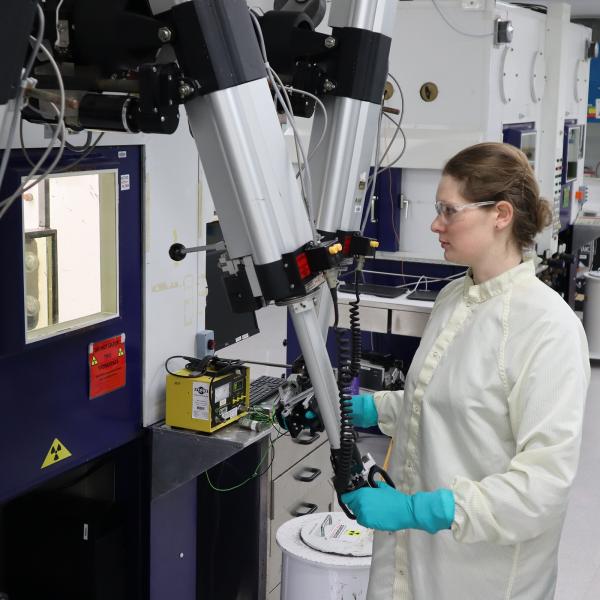

Published on the 15th October 2021 by ANSTO Staff
The nuclear medicine community has welcomed the Australian Government’s decision to provide $30 million in funding to ANSTO for the design of a new nuclear medicine manufacturing facility.
The facility will support the supply of crucial diagnostic and theranostic medical radioisotopes and ensure Australia’s sovereign production capability.
“This announcement is welcome news for ANSTO, the nuclear medicine departments within hospitals and clinics, and the many thousands of patients around Australia who rely on ANSTO being able to deliver our nuclear medicines each week,” said ANSTO CEO, Mr Shaun Jenkinson.
“When delivered, the replacement facility will mean that the Sutherland Shire in Southern Sydney will have the most modern, reliable and advanced manufacturing facilities for nuclear medicine on the planet.
“There are three key areas within ANSTO that are needed to produce nuclear medicine for Australians.
“The first is the $460 million OPAL reactor, which was opened in 2007 and which is one of the newest and most reliable reactors in its class. Here we irradiate what are called target plates.
“Second, there’s the $169 million ANSTO Nuclear Medicine facility that opened in 2019. Here, using advanced facilities and chemistry, we process the irradiated target plates and obtain an isotope that is used in nuclear medicine.
“And the third is Building 23, which was built in the 1950s. Here we take the isotope from the ANSTO nuclear medicine facility, along with other critical isotopes irradiated in OPAL, and produce the finished goods for both diagnosis and treatment. These are distributed to more than 220 hospitals and clinics around the region.
“When it comes to modernising the supply chain, the third building is the missing piece of the puzzle.
“This $30 million from the Australian Government will be used to design a newer, safer, advanced manufacturing replacement for the ageing facility.”
The announcement reflects ANSTO’s nuclear capabilities, expertise and experience, which are critical in the supply of nuclear medicine products.
This new facility will meet domestic demand for technetium, lutetium, and iodine-based products, and will have the flexibility to ensure Australians will benefit from innovation in the development of nuclear medicines to support diagnosis and treatment of diseases for generations to come.
It will also support radiopharmaceutical research and development, accommodate future advances in nuclear medicine technology, contribute to translational research, and foster collaboration with the medical industry.
ANSTO has been supplying Australia with nuclear medicine since the 1950s, and currently distributes between 10,000 and 12,000 potential doses each week. Most Australians are estimated to benefit from these medicines at least once in their lifetime.

The new facility at the Lucas Heights campus, which will be developed in stages, will eventually replace the ageing nuclear medicine facility, known as Building 23.
The facility, which was built in the 1950s, has been modified over the years to maintain supply, is approaching the end of its service life.
In the interim period, the Government also provided additional financial support to maintain the ageing facility.
Gentech Generators, devices that contain the isotope molybdenum-99, the precursor to the diagnostic technetium-99m, are assembled and quality tested in Building 23 before being despatched to clinical centres and practices.
ANSTO plans to automate Gentech Generator production in the new facility.
Because of the significant distances that need to be covered, there are challenges relating to the supply of nuclear medicine in Australia due to the limited ‘half-life’ of radioactive isotopes, which can range from hours to days.
Having a robust and modern reactor-based capability means that all Australians can get access to these medicines when they need them. It also avoids the logistical challenges and costs of importing these materials from other countries.
During Phase 1 of the project, a concept design for the facility will be developed, as well as planning for basic engineering and implementation.
ANSTO is leading work in the initial phase in consultation with the nuclear medicine community to assess user requirements for products and services, and will operate the facility following its completion and commissioning.
Phase 1 of the project will run until the end of 2022-23. Preparatory work for licensing and financial approvals will also be undertaken by ANSTO toward the end of the 2023-24 financial year.
In the long term, the project will support nearly 1000 highly skilled jobs across the nuclear medicine sector, including in service delivery and manufacturing, and will create jobs in engineering and construction in the medium term.



